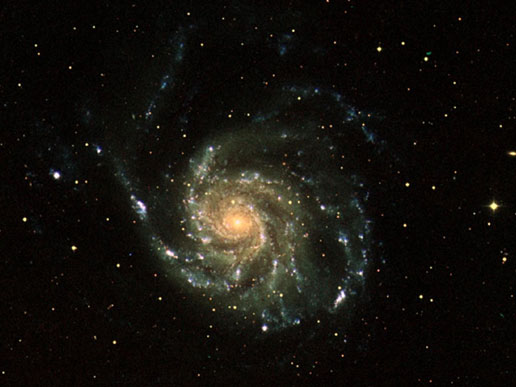|




|
|
Author
Index
C |
Edmund
Cooper |
|
Title
Index
The |
The
Overman Culture |
|
|
|
|
| Year |
1971 |
| Publisher |
Coronet
(Hodder and
Stoughton) |
| ISBN |
0340178604 |
|
|
|
Synopsis
|
Michael
was quite young
when he discovered
that some of his
playmates bled if
they cut
themselves, and
some didn't.
For a long time he
didn't think about
it. Nor did
it seem strange to
see Zeppelins
being attacked by
jet fighters above
London's force
field, or glimpse
Queen Victoria
walking with
Winston Churchill
in the Mall.
Not at first.
But later he
thought about
these things - he
couldn't help
it. The
world was real,
and yet
unreal. It
was all
desperately
worrying. So
Michael and his
friends formed a
society to
investigate the
world around them.
Despite the
terrible things
they discovered,
things that made
some of them
insane, they never
actually guessed
the truth about
the Overman
culture.
Until Mr.
Shakespeare told
them. |
|
|
|
Review
|
This
is one of those
classic tales set
in an artificially
sustained reality,
such as in
Shakespeare's The
Tempest and
Michael Moorcock's
Dancers At The End
Of Time and The
New World's Fair.
Yet The Overman
Culture unfolds
like a set of
Chinese boxes, to
finally reveal the
reason for the
many paradoxes,
temporal and
otherwise, that
haunt the reader
as she/he
progresses through
this masterpiece.
Why is Sir
Winston Churchill
walking arm in arm
with Queen
Victoria as the
Battle of Britain
is re-fought above
London's
transparent
pressure dome? Why
do some children
bleed and not
others?
The answers are
all in there.
Treat yourself.
Then pick up
Cooper's A Far
Sunset and Sea
Horse In The Sky.
Trust me.
Steven Cain |
|
|
_______________________________________________________
 |
|
|
Credit:
NASA
|
|
The
Lives and
Times of
Stars
This
image of
the nearby
spiral
galaxy
M101,
better
known as
the
Pinwheel
Galaxy, is
a
three-color
combination
of images
from
NASA's
Galaxy
Evolution
Explorer (GALEX)
spacecraft.
The
ultraviolet
light,
seen in
blue in
the arms
of the
galaxy,
shows
young
stars
(only 10
million
years
old),
while the
diffuse
green
visible
light
traces
stars that
have been
living for
more than
100 years.
The red
visible
light
image
shows the
stars that
formed
over a
billion
years ago.
GALEX
makes
observations
at
ultraviolet
wavelengths
to measure
the
history of
star
formation
in the
universe
80 percent
of the way
back to
the Big
Bang.
GALEX has
been
awarded a
"Best
of What's
New"
award from
Popular
Science
magazine,
along with
another
NASA
spacecraft,
the Space
Infrared
Telescope
Facility (SIRTF). |
|
NASA
Image of
the day
archive |
|
______________________________________________________
|
|




|

